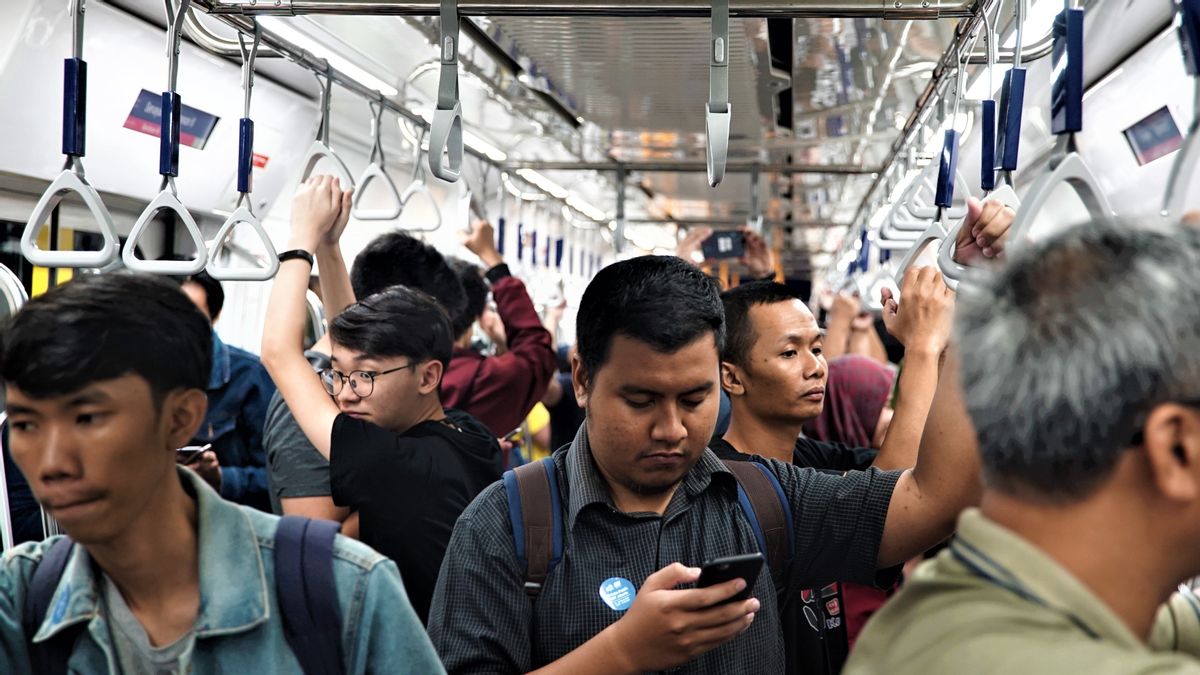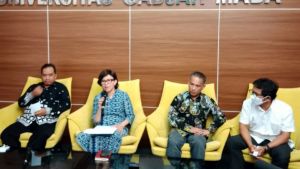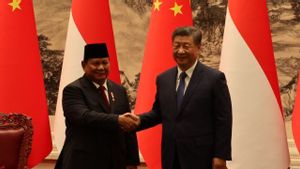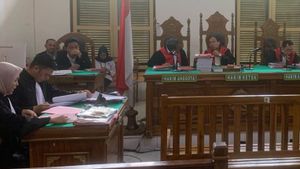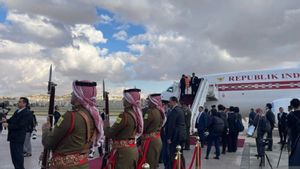JAKARTA - It takes a joint commitment and cooperation of all parties to optimize the development of mass transportation in Jabodetabek. These efforts were made, particularly to increase the percentage of mass transportation use to 60 percent in Jabodetabek.
This was conveyed by the Minister of Transportation Budi Karya Sumadi when opening the Jabodetabek Transportation Master Plan Coordination Meeting (RITJ) organized by the Jabodetabek Transportation Management Agency (BPTJ) of the Ministry of Transportation in Jakarta, Tuesday 4 February.
"This dream, of course, cannot be realized by the central government or local governments only. Each of us has different authorities, different interests and different plans, so there needs to be collaboration and coordination from all parties to commit and cooperate with each other by referring to the RITJ (Jabodetabek Transportation Master Plan), "said the Minister of Transportation Budi.
The RITJ, which has been passed through Presidential Regulation No. 55/2018, is an initial manifestation of the results of coordination and synchronization of transportation planning and development in the Jabdoetabek Region compiled by the Ministry of Transportation.
Currently recorded, the movement of people in Jabodetabek in 2018 was around 88 million per day. In 2019, it was recorded that only 32 percent of people used mass transportation. For this reason, the government continues to encourage people to switch from using private vehicles to public transportation with a push and pull policy.
"The number of public transportation users in Jakarta is currently 38 percent. Ideally it should be 60 percent or even 70 percent. Therefore, now the government is active in making various reliable public transportation such as MRT, LRT and BRT. Mass transportation is a necessity that we have to build, "said Minister of Transportation Budi.
The push policy steps are carried out by direct restrictions on using private vehicles, namely the application of the Electronic Road Pricing (ERP) policy as an alternative to the odd-even policy.
Local governments can also encourage ownership restrictions, for example with taxes or certain requirements for owning a private vehicle such as the requirement to own a garage.
Then steps that are in the nature of a pull policy, such as increasing the availability of mass public transportation both road and rail-based as well as increasing the aspects of its integration both from the physical and system sides.
PPP Scheme
Regarding the financing of transportation development in Jabodetabek, the Minister of Transportation Budi said that it is necessary to use the PPP scheme or Government Cooperation with Business Entities so that not all of it is borne by the central government.
"Currently, the government is taking the initiative to create a PPP that involves the private sector to develop transportation. We have initiated it in several places if the airport already has Labuan Bajo, the trains are already in South Sulawesi, the sea and so on. Therefore, it is not impossible for the LRT, the MRT in Jakarta to do so with such funding patterns, "said the Minister of Transportation Budi.
The English, Chinese, Japanese, Arabic, and French versions are automatically generated by the AI. So there may still be inaccuracies in translating, please always see Indonesian as our main language. (system supported by DigitalSiber.id)
